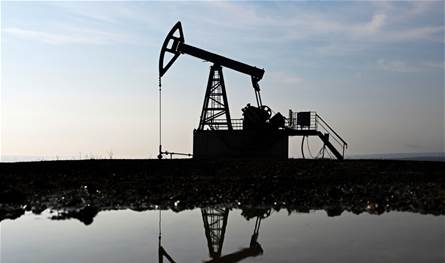The peak of demand for oil … a legend collapses in front of the market facts

In recent years, the world has occupied a fundamental question: Has mankind approached “the peak of demand for oil”, the moment when consumption begins to decline irreversibly with the rise of renewable energies? However, recent developments, whether in data or estimates, indicate that this perception was exaggerated, and that oil will remain an essential element in the power mix for decades.
Earlier, the International Energy Agency expected that the demand for oil, gas and coal would reach its peak by 2029, after which it will enter into a slope path. But a new draft obtained by the Bloomberg Agency turned this hypothesis upside down: I expected that the demand for oil and gas will continue to grow until 2050, to reach 114 million barrels per day, compared to previous estimates that did not exceed 93 million. As for coal, its consumption will remain 50% higher than the previous estimates by the middle of the century, despite the expectation that it is reached in its thirties. Renewable energy sources do not replace fossil fuel, but rather join it to meet the growing demand globally. On its part, Exxon Mobil expected in its report on energy prospects 2050 that the demand for oil would reach 105 million barrels per day in the basic scenario, and 120 million in optimistic scenario. Although these numbers are slightly lower than the estimates of the International Energy Agency, they confirm the same trend: oil will not be absent from the scene, but will remain a necessity for transportation, industry, and the production of raw materials. Pamila Monger, the main analyst of energy markets at Forta, said clearly: “No one can predict the date of the peak of oil demand.” She emphasized that consumption will continue to rise in the foreseeable term, warning of poor investments in the refining and production sector. She added that political developments, especially in the United States, increase the difficulty of setting accurate expectations. Sanger also stressed that the absence of sufficient stocks may exacerbate the gap between supply and demand, which directly raises prices. She pointed out that the level of $ 55 a barrel is the reference price that the United States wants to adopt, but any changes in the market or politics may quickly redraw the scene. All of these indicators reveal a clear fact: oil is still treated as a global necessity, not as an option. Its continuation in the lead is not only due to the insufficiency of alternatives, but also to its flexibility and its ability to meet global growth. While the world raises the slogan of reducing emissions, the main question remains: How can the rise of demand for oil can be managed in a way that reduces environmental and economic risks? Digital data, official statements, and independent analyzes, all indicate that the “end of the oil age” is not imminent. Rather, the real challenge lies in managing the growing demand, ensuring sufficient investments, and developing balanced policies for the future of energy.
The post The peak of demand for oil … a legend collapses in front of the market facts APPEROD First on 961 tobay Lebanon today.
















